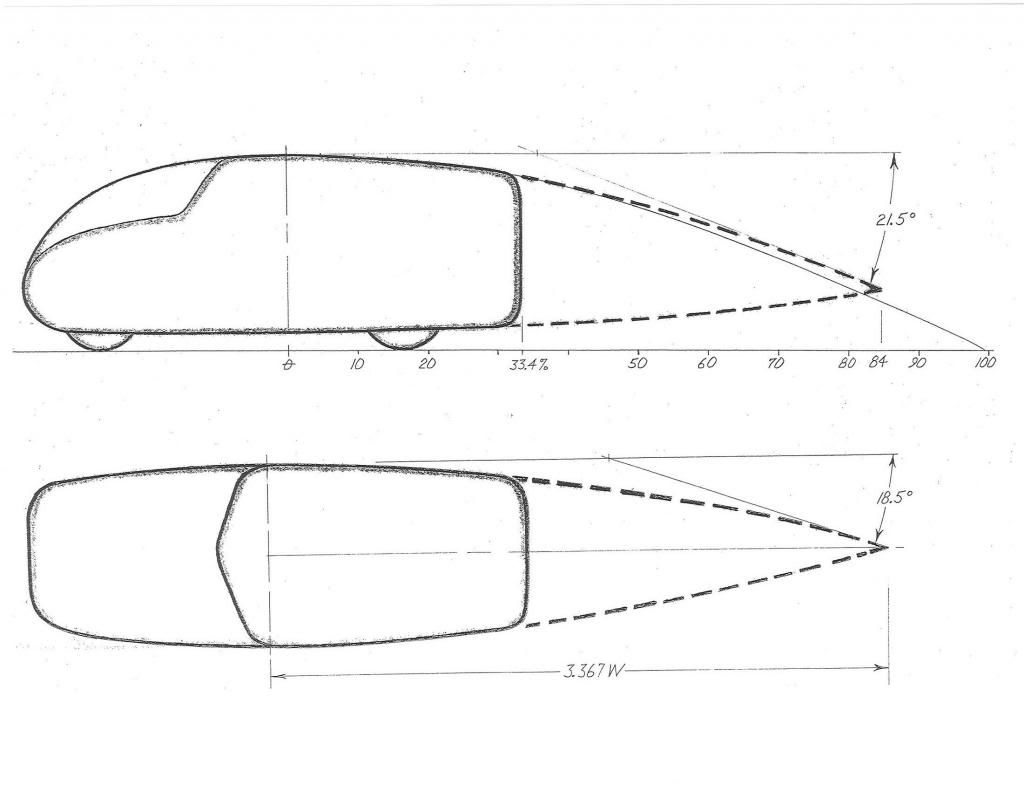*we're trying to reduce flow separation in the aft-body or eliminate it.
*streamline body-based bodies cannot trigger flow separation.
*the reason is that the gradual pressure rise along top and sides is so gradual and progressive as to not jeopardize the turbulent boundary layer's ability to tolerate it.
*it's an area rule/sectional density issue.
*since the published data infers that the profile of a 2.5:1 streamline body would be essentially ideal for an automotive body,then it's aft-body contour suggests a benchmark,or 'template' for a low-drag tail.
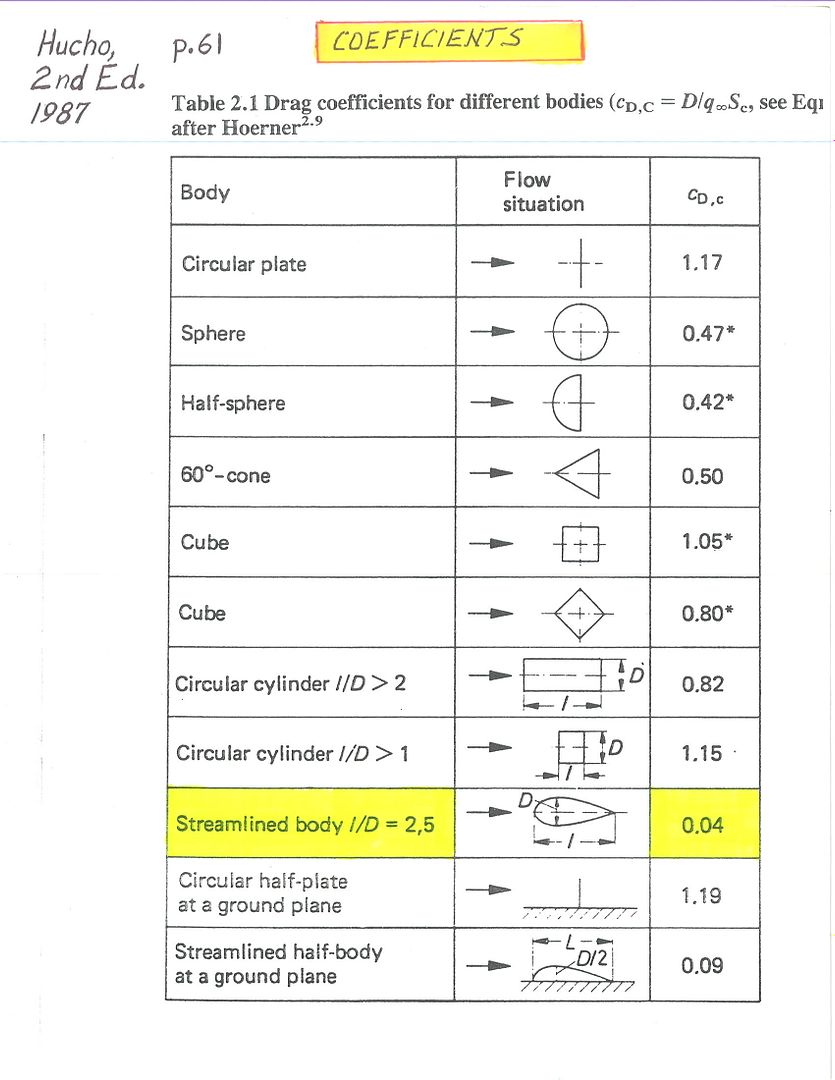
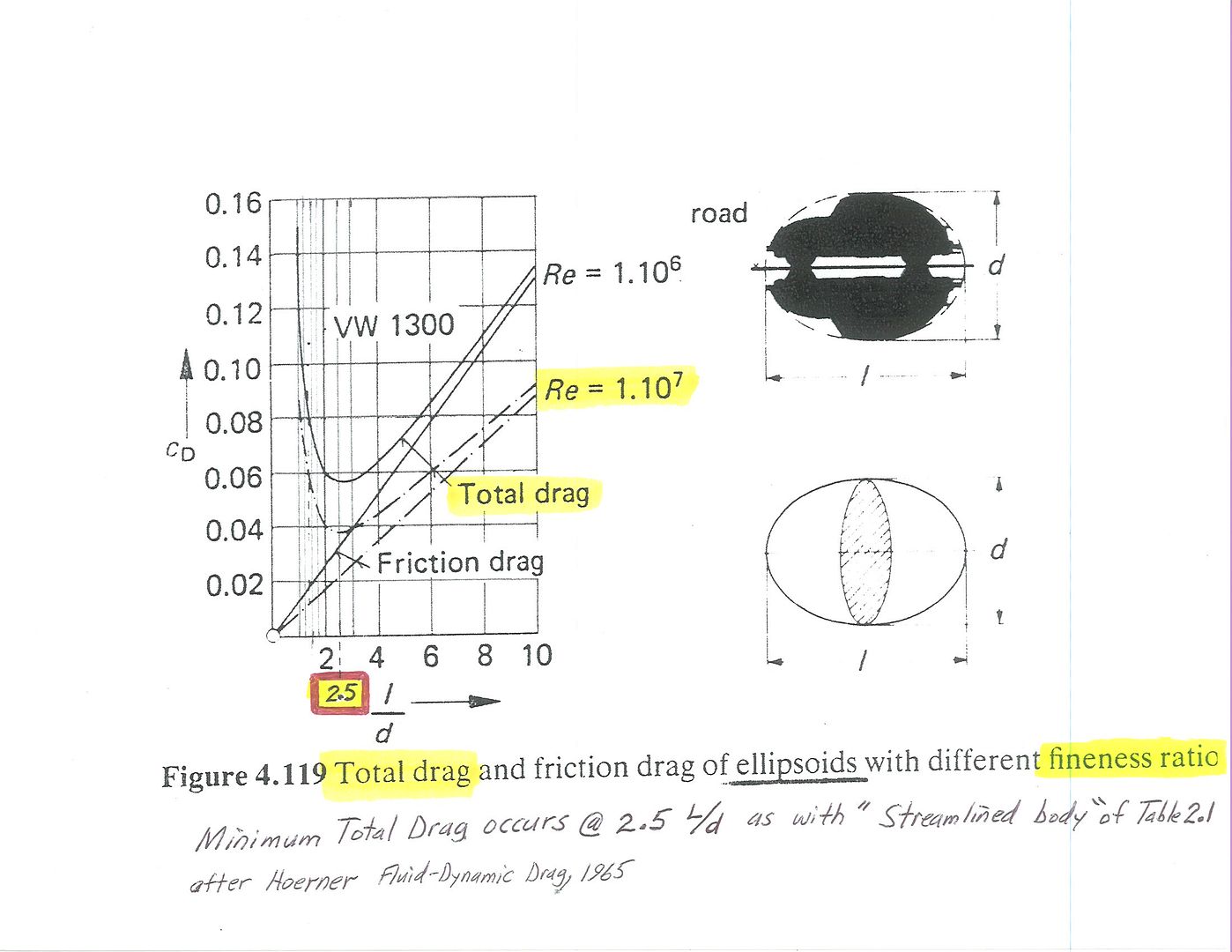
*W.A.Mairs' boat tail is the easiest to construct and is very similar to the 2.5:1 profile,so we might use it's cross-sectional architecture as a safe profile.

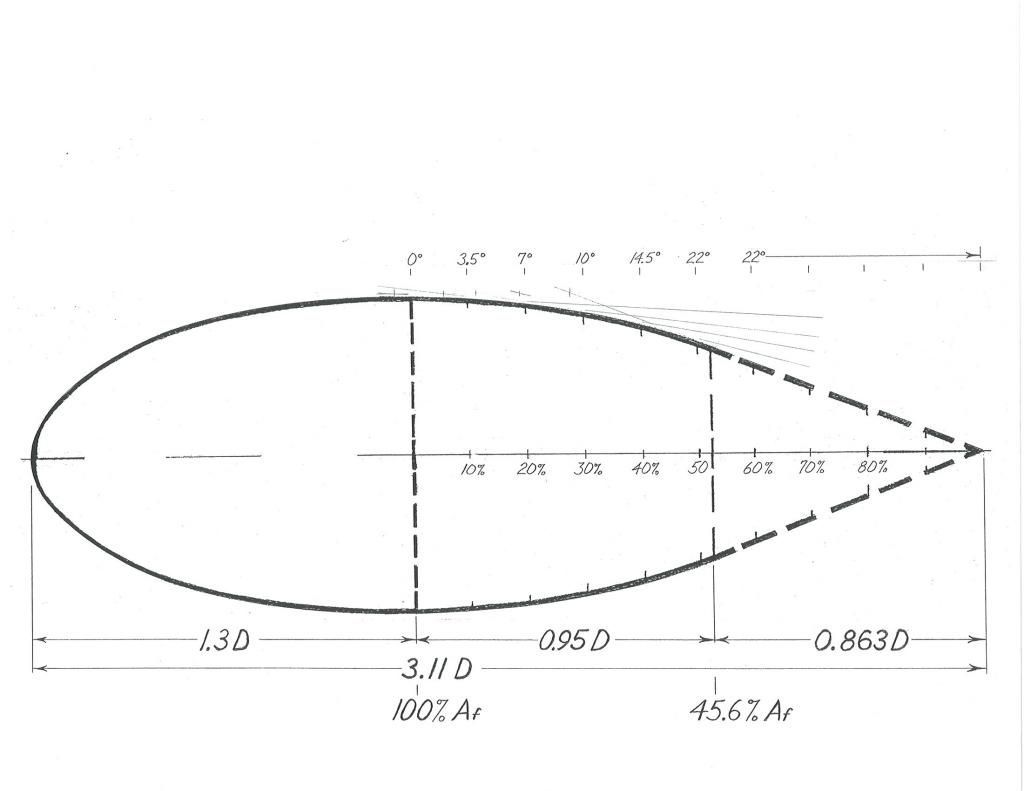
*no element of the aft-bodies cross-sectional area would vary any more than that of Mair's tail.It could be square/round/'squircle' (freebeard),etc.,or morph from one to the other as long as it's overall cross-section doesn't violate the percentage difference from one position to another.
*Morelli appears to encourage oval or circular transom,due to his 'fluid tail' ring-vortex,phantom tail pheneomena.
Here,some members have done this with their boat tail extensions
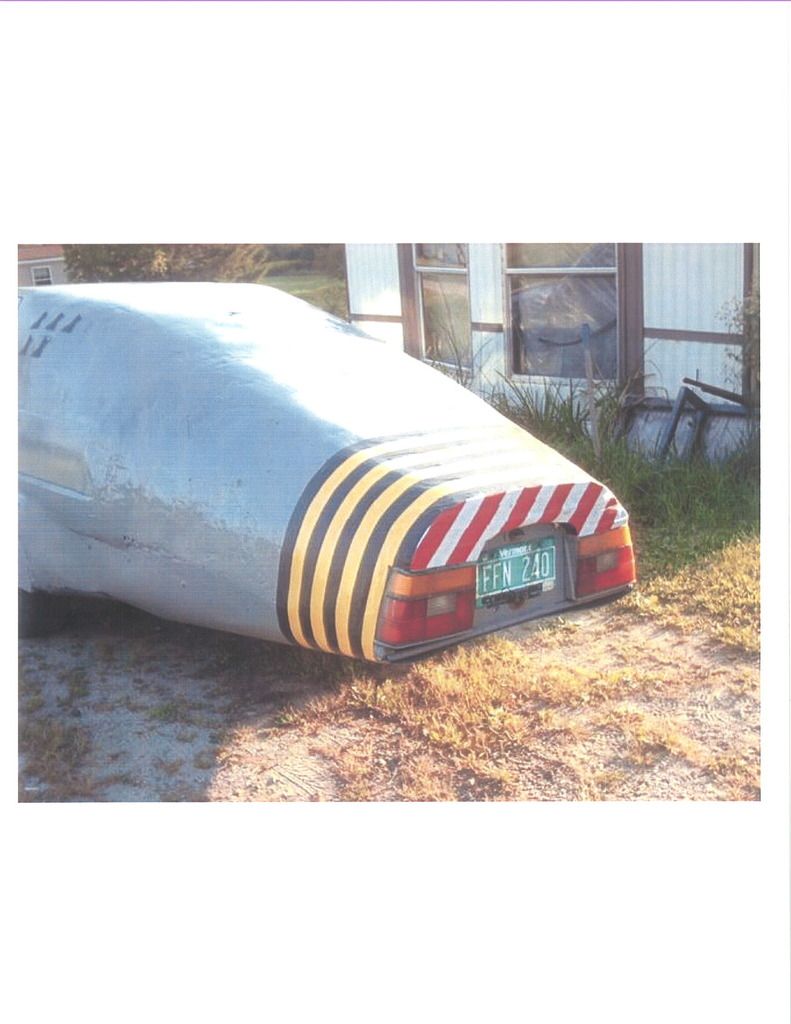
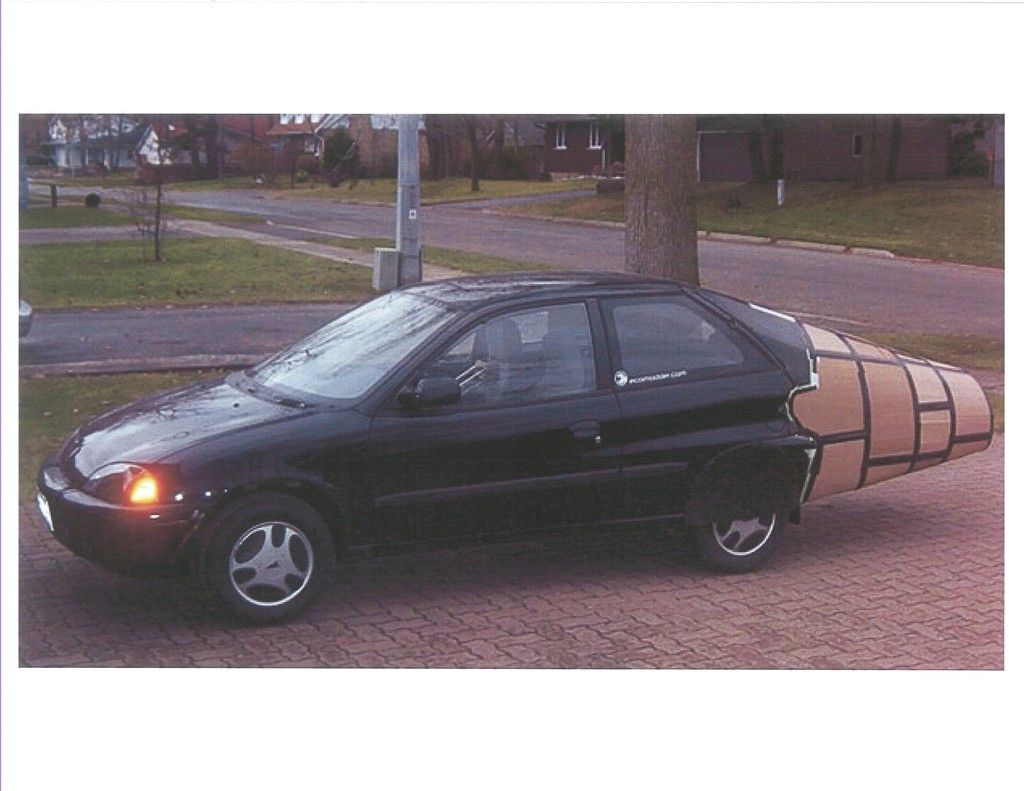


*the plan-view taper defines the limits we can expect when designing the side body taper of our mods.
*you can go 'slower' with the curvature and pay a little skin friction penalty,but you should never go 'faster' than the curve unless you've got really good CFD or wind tunnel 'proof' that it will work.Hucho warns of velocity/pressure 'kinks' along the air's pathway that can trigger vorticity or separation,exactly what we're trying to eliminate.
*The longer the body the better.Only you can decide your 'limits.'
Kamm's full body car
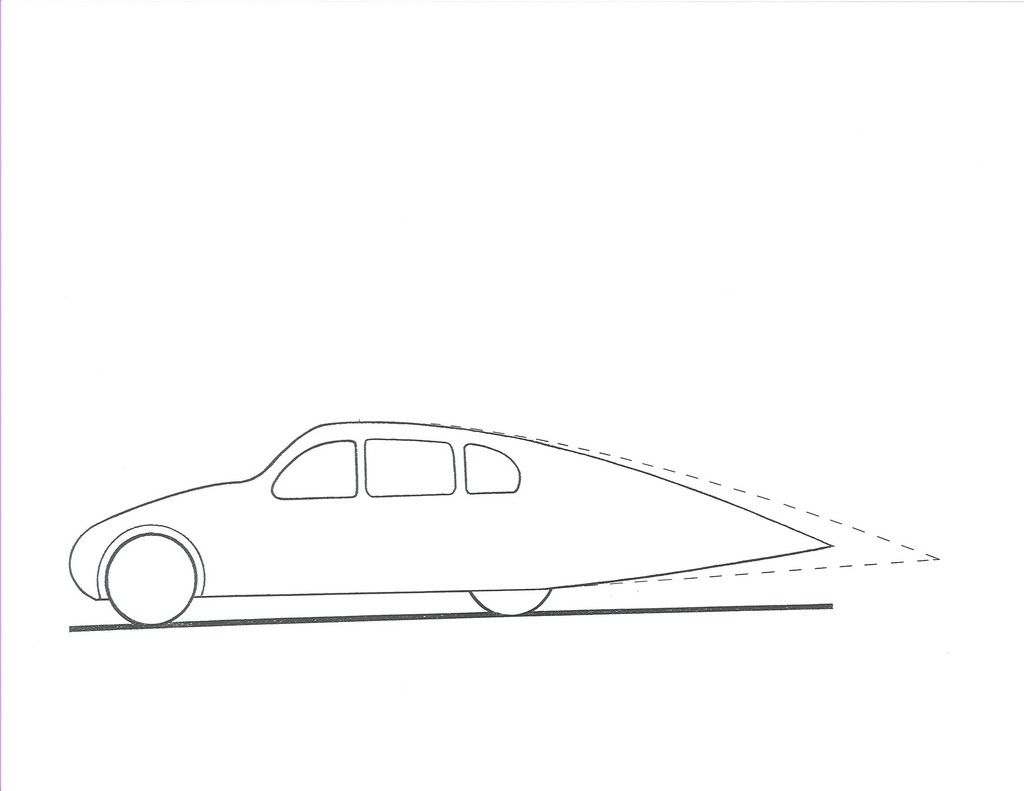
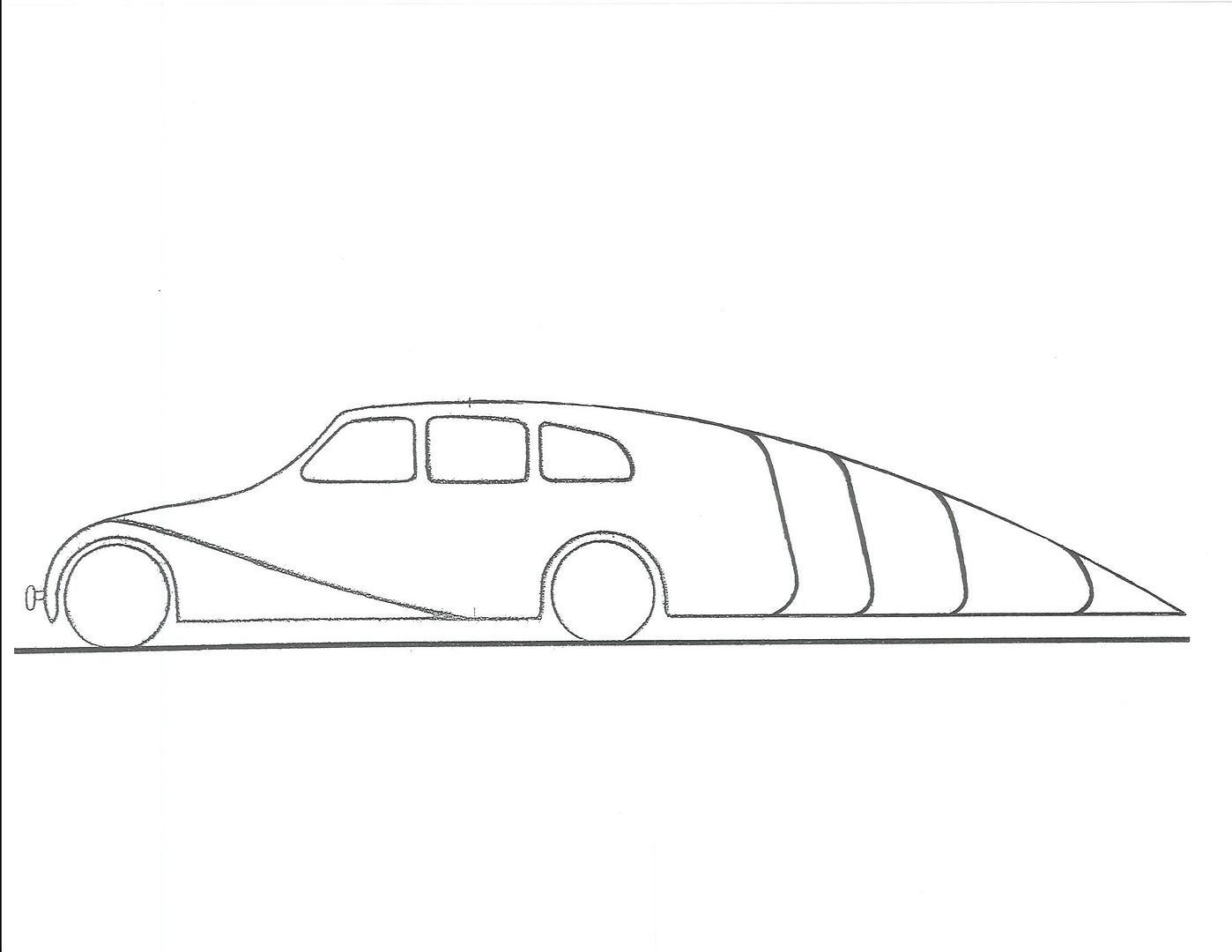
Kamm's recommendation for an extensible highway tail
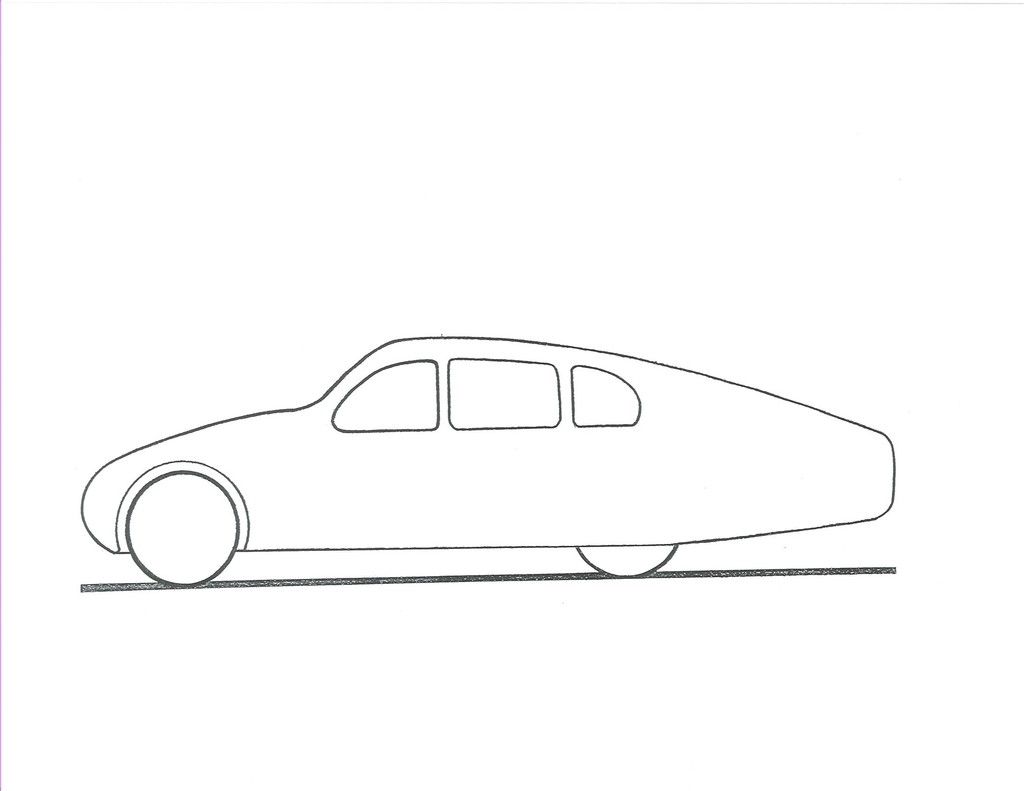
Kamm's recommendation for the 'stowed-tail' urban environment
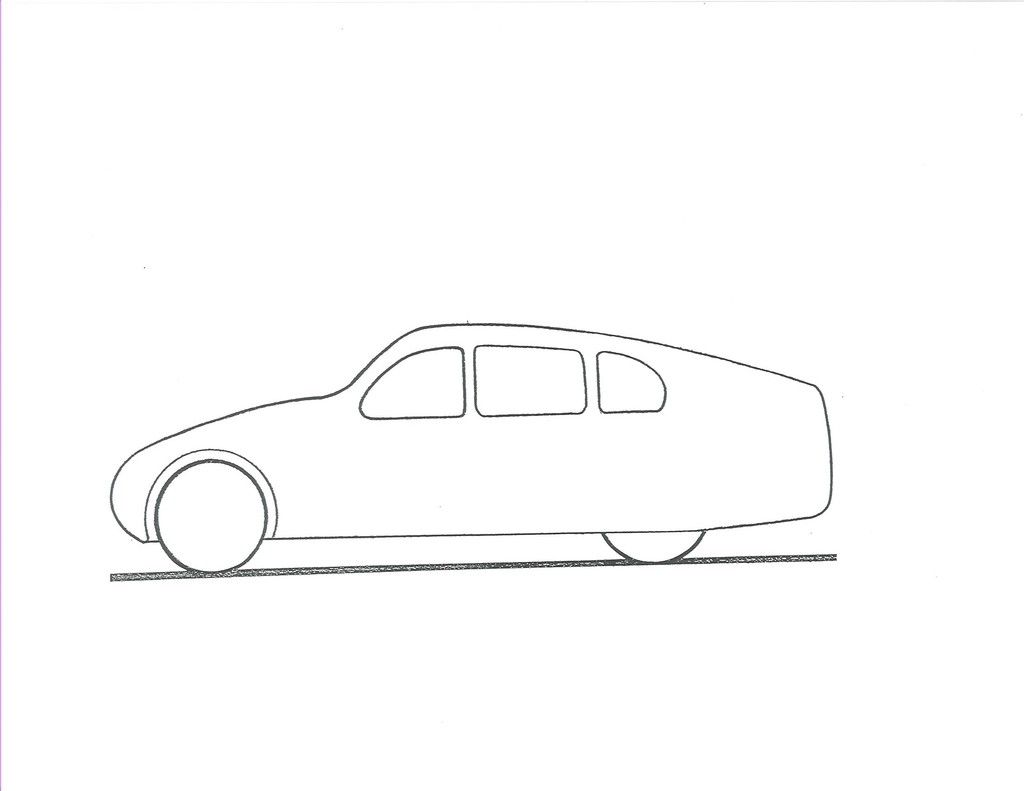
Kamm's plan-view
